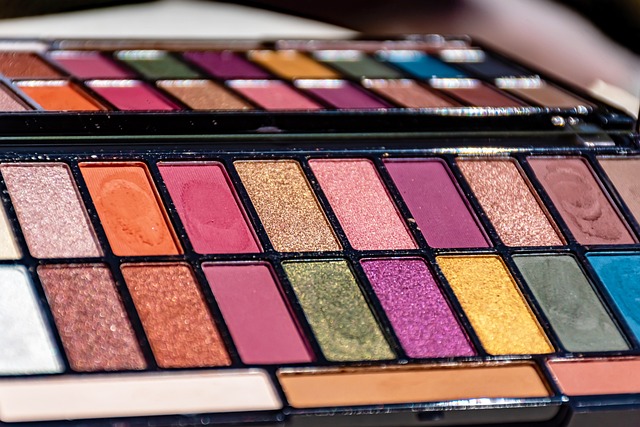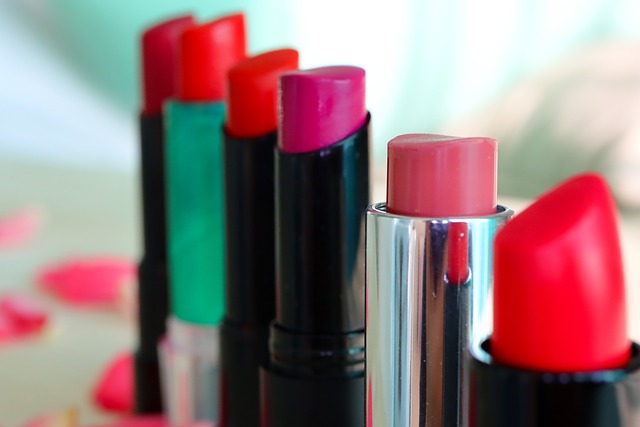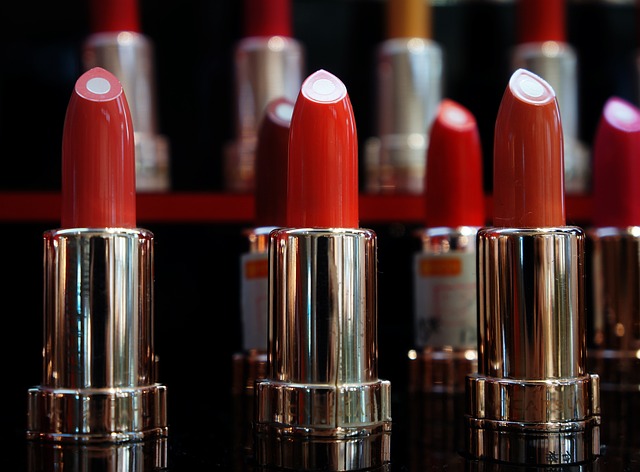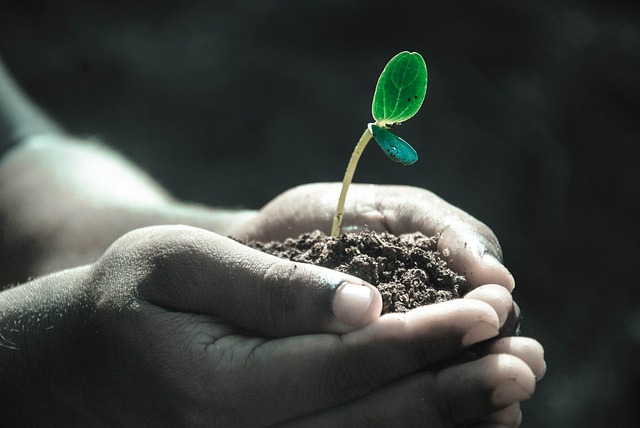Link Between the Beauty Industry and Environment:
At first glance the beauty industry does not seem to significantly have any contribution to the environment and its degradation. However, there is a strong link between both due to the plastic packaging, synthetic chemicals and most importantly their improper disposal.
Beauty products in general are made of a combination of synthetic chemicals including makeup, serums, shampoos, soaps, lotions, moisturizers that, when washed away after application add a chemical load to the municipal sewerage.
The mindless consumption of toxins and chemicals in these products pollutes our drains and ultimately ends up in the waters of the world where they collectively cause great harm.
Read: Fashion Industry and Its Negative Impacts on the Environment
Below we will be covering some beauty products and the various stages involved from manufacturing to packaging.
Also Check out: Anthropogenic Factors That Cause Species Decline
Impacts of Beauty Industry and Their Products:
On a whole, the various processes and stages that take place in the industry contribute to the degradation of the environment.

The main stages and some aspects of it are discussed briefly below:
- Raw Material Sources: one if the most widely used and common ingredients is that of palm oil. Palm oil extraction is very unsustainable as it requires large areas of land ti be deforested. Moreover, other oil alternatives like soy, rapeseed or coconut can have just as bad impacts on the environment due to high demand and excessive water consumption that makes them unsustainable. Coconut oil in particular has a negative impact on the biodiversity than any other oil.
- Manufacturing and Processing: after the raw material is obtained, it is transported and assembled. This generates emissions. But the further processing of these oils and other raw materials that are usually synthetic in nature are processed to achieve the desired quantity, concentration or formula. This generates a large number of toxins and pollutants as well as GHG emissions into the atmosphere on a monthly; if not daily basis.
- Packaging: once the formula has been created now we need packaging for proper marketing and attracting consumers.
This packaging requires tons and tons of plastic every month for each product.
However even if a product is discontinued, a new product will take its place. Thus plastic packaging demand is always the same or more but never less. 100,000 wild animals die each year solely due to the improperly discarded packaging. It leads to landfill use and water pollution. - Perfumes and Aerosol Products: these products contain volatile chemicals that evaporate sooner or later on application. They also contribute to the pollution as much as those caused by car emissions. Other scented Products like hairspray, deodorants etc. also emit VOCs which interact with PM2.5 in the atmosphere to form ozone- a pollutant.
- Coral Reef Destruction: every cream, moisturizer or cosmetic product we wash off ends up in our oceans. Sunscreens in particular are a beauty product that are extremely harmful for the corals due to the presence of chemical oxybenzone.
It absorbs the UVA and UVB and protects the skin from the sun but it is not beneficial at all for the marine life. Almost 4000 to 6000 tons of this chemical is deposited on corals that cause them to die off. It interferes with the DNA and reproduction and growth of the coral reefs.
Alternatives like mineral-based sunscreens are suggested to be used since they contain zinc oxide and/or titanium dioxide which block UVA/B rays instead of absorbing them like oxybenzone did. Therefore these sunscreens cause less damage to the environment and are deemed as reef safe.
Related: Coral Reef Destruction – Causes, Effects, and Solutions - Sodium Lauryl Sulfate: BHT or sodium lauryl sulfate are also frequent chemicals used in cosmetic industry that can change the biochemistry of oceanic water. They are particularly used in hygiene and personal care products like soaps, facewashes etc. They reduce the plankton population which are the primary producers for the marine life. They are also persistent in nature and are extremely difficult to remove even after sewage treatment.
You may also like, Makeup Industry and Its Negative Impacts on the Environment

CONCLUSION:
In addition to many other impacts such as animal cruelty, extensive synthetic chemical use and pollution etc. Recognizing the impacts our consumption of beauty products and the toxins and pollutants they release is a serious problem. Initiatives are being taken for producing sustainable beauty products.
However, some hurdles have yet to be crossed for a majorly natural and sustainable beauty industry. This is because packaging and plastic use is still a huge problem. Organic solvents and natural products are still quite difficult to come by and hard to obtain. Not to mention they are usually expensive too. Yet, there are things we can do like shopping local, using sunscreens that do not have oxybenzone and be mindful of greenwashing by brands.
It is important the awareness and conscious effort be continued until a completely eco-friendly alternative is discovered.
Also check out, Fast Fashion and Its Impacts On The Environment
I hope you all liked this post! Please comment below if you have any suggestions, comments, or feedback! We at #envpk love hearing from our readers! Thanks!




